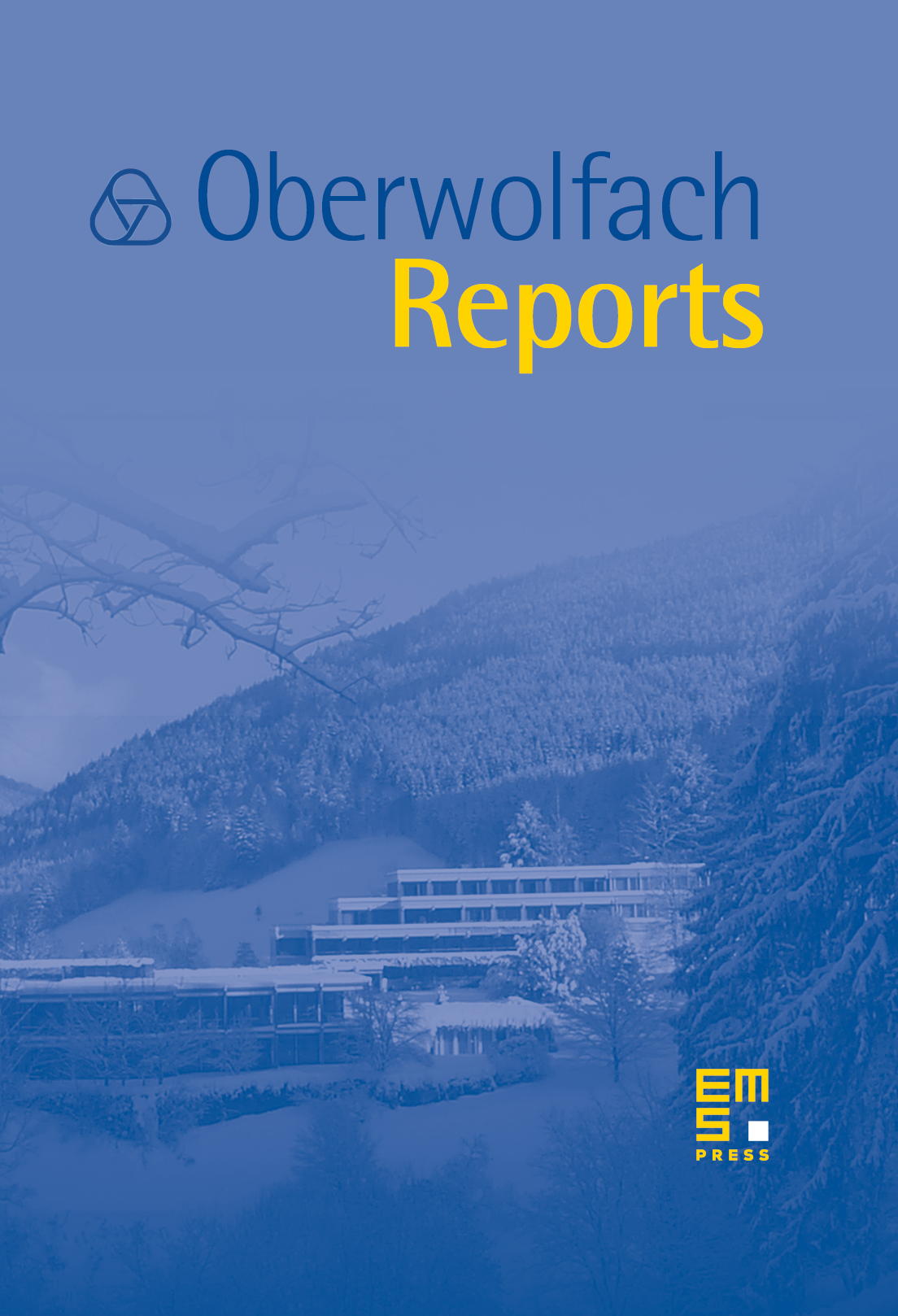Computational Electromagnetism and Acoustics
Ralf Hiptmair
Eidgenössische Technische Hochschule, Zürich, SwitzerlandRonald H.W. Hoppe
Universität Augsburg, GermanyPatrick Joly
INRIA Rocquencourt, Le Chesnay, FranceUlrich Langer
Johannes Kepler Universität Linz, Austria

Abstract
Computational electromagnetics and acoustics revolve around a few key challenges, among which are the non-local nature of the underlying phenomena and resonance effects. The bulk of the contributions to the workshop addressed mathematical and numerical approaches meant to grapple with these two difficulties. Frequency domain integral equation methods continue to receive much attention, with a particular focus on (i) frequency robust matrix compression algorithms through so-called directional schemes or “butterfly algorithms”, and (ii) domain decomposition approaches. Time domain integral equation methods still enjoy rapid development and much progress was made in their numerical analysis. Of course, efficient and accurate absorbing boundary conditions remain a persistent topic and were covered in a few contributions. Resonance induced phenomena in a broad sense affect the analytical and numerical model for meta-materials, periodic structures, and micro-structured media. There is a lot left to be explored in this field in terms of analysis and algorithm development and a few presentations were devoted to such issues.
Cite this article
Ralf Hiptmair, Ronald H.W. Hoppe, Patrick Joly, Ulrich Langer, Computational Electromagnetism and Acoustics. Oberwolfach Rep. 10 (2013), no. 1, pp. 129–237
DOI 10.4171/OWR/2013/03